
AeroGenie – Ihr intelligenter Copilot.
Trends
Categories
EU Proposes Draft Rules for AI Use in Aviation
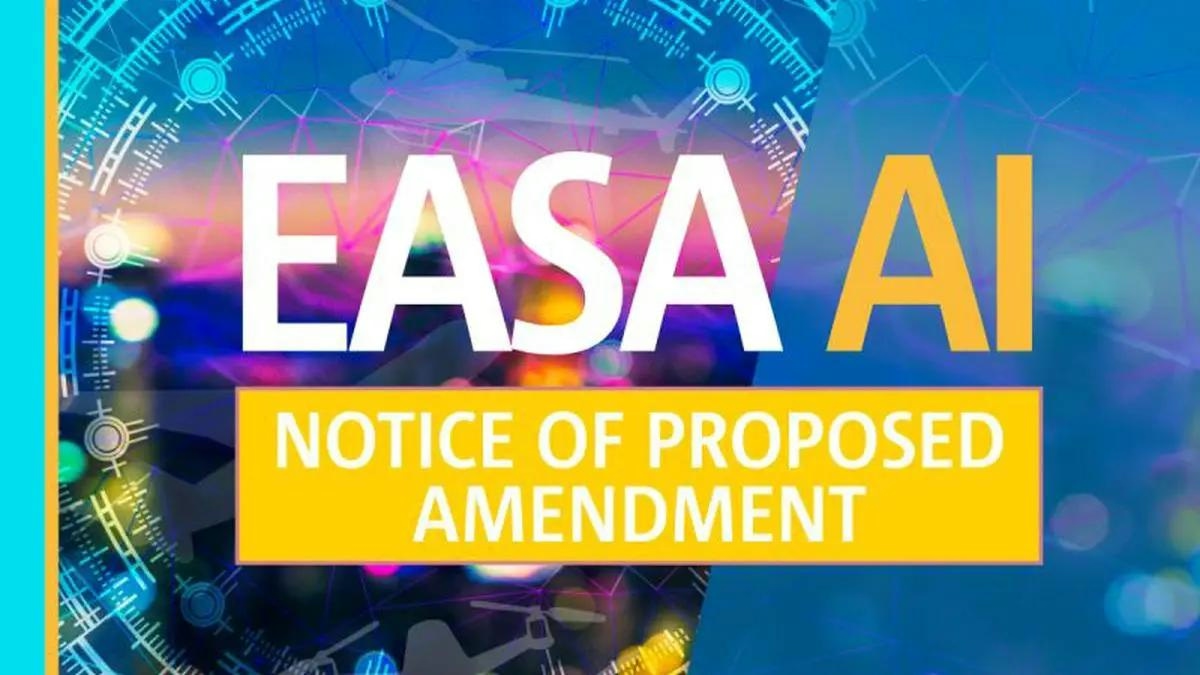
EU Proposes Draft Rules for AI Use in Aviation
Regulatory Framework and Industry Consultation
The European Union Aviation Safety Agency (EASA) has introduced its inaugural regulatory proposal concerning the use of artificial intelligence (AI) in aviation, initiating a three-month consultation period for industry stakeholders. This development represents a pivotal step toward establishing trustworthy AI systems within the aviation sector, in alignment with the broader objectives of the EU AI Act. The draft framework provides detailed guidance on AI assurance, human factors, and ethical considerations, with a particular focus on data-driven AI systems. It anticipates future applications, including Level 1 AI assistance and Level 2 human–AI teaming, with the dual aim of safeguarding safety standards while fostering innovation.
Industry Response and Regulatory Challenges
The proposal emerges amid growing scrutiny of the EU’s AI regulatory approach, which has faced resistance from major technology firms and political opposition, notably from the Trump administration, due to concerns over the potential costs and complexities of compliance. Similar apprehensions are now surfacing within the aviation industry, where stakeholders are carefully evaluating the feasibility and economic implications of the proposed rules. Industry experts caution that the new regulations may impose significant challenges on aviation companies, particularly in terms of compliance expenses and operational complexity. While some competitors may accelerate AI development to preserve their competitive advantage, others could encounter difficulties adapting to the evolving regulatory environment. Additionally, the EU’s openness to AI applications involving personal data has ignited debate over balancing innovation with privacy protection, a dynamic likely to influence market behavior and strategic decision-making across the sector.
EASA has underscored the importance of stakeholder feedback in refining the regulatory framework, emphasizing the need to balance stringent oversight with the flexibility required to accommodate technological progress.
Related Industry Developments
In parallel with regulatory advancements, Airbus is intensifying production across its civil aircraft programs, targeting a record output of 75 A320 family aircraft per month by 2027. This ambitious “rate 75” goal, the highest in civil aerospace, is largely driven by the success of the A321neo model, which now constitutes approximately two-thirds of the A320 family’s order book. Airbus currently holds a backlog exceeding 7,000 A320neo family aircraft, reflecting robust market demand and the company’s commitment to timely, high-quality deliveries.
In the maritime sector, Mitsui OSK Lines (MOL) continues to dominate the global liquefied natural gas (LNG) carrier market. As of March 2025, MOL operated 107 LNG carriers, maintaining the largest fleet worldwide and reinforcing its leadership in LNG transport capacity and expertise.
Published on November 17, 2025

Emirates to Install Starlink for Free Onboard Wi-Fi Starting November

Material Support for GAMIT Reaches Record High

Pratt & Whitney Produces Enough Engines for Airbus to Meet 2025 Delivery Goal
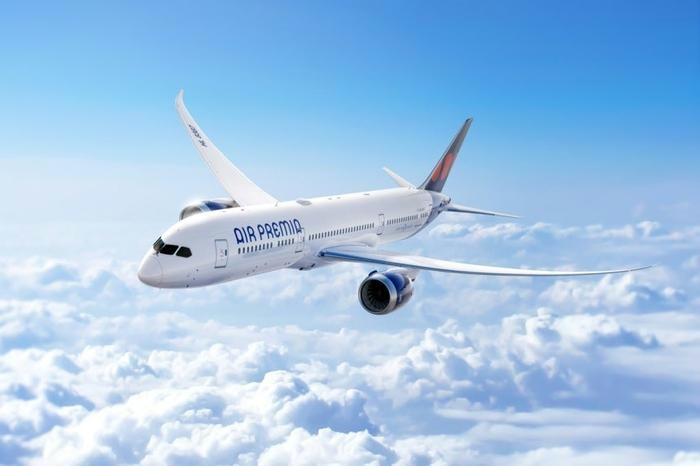
Air Premia Adds Fourth Spare Engine to Improve Operational Safety

CDB Aviation Leases Two 737 MAX 8 Jets to Ethiopian Airlines

ST Engineering Sells 49% Stake in Shanghai MRO Joint Venture to China Eastern Airlines for 680.5 Million Yuan
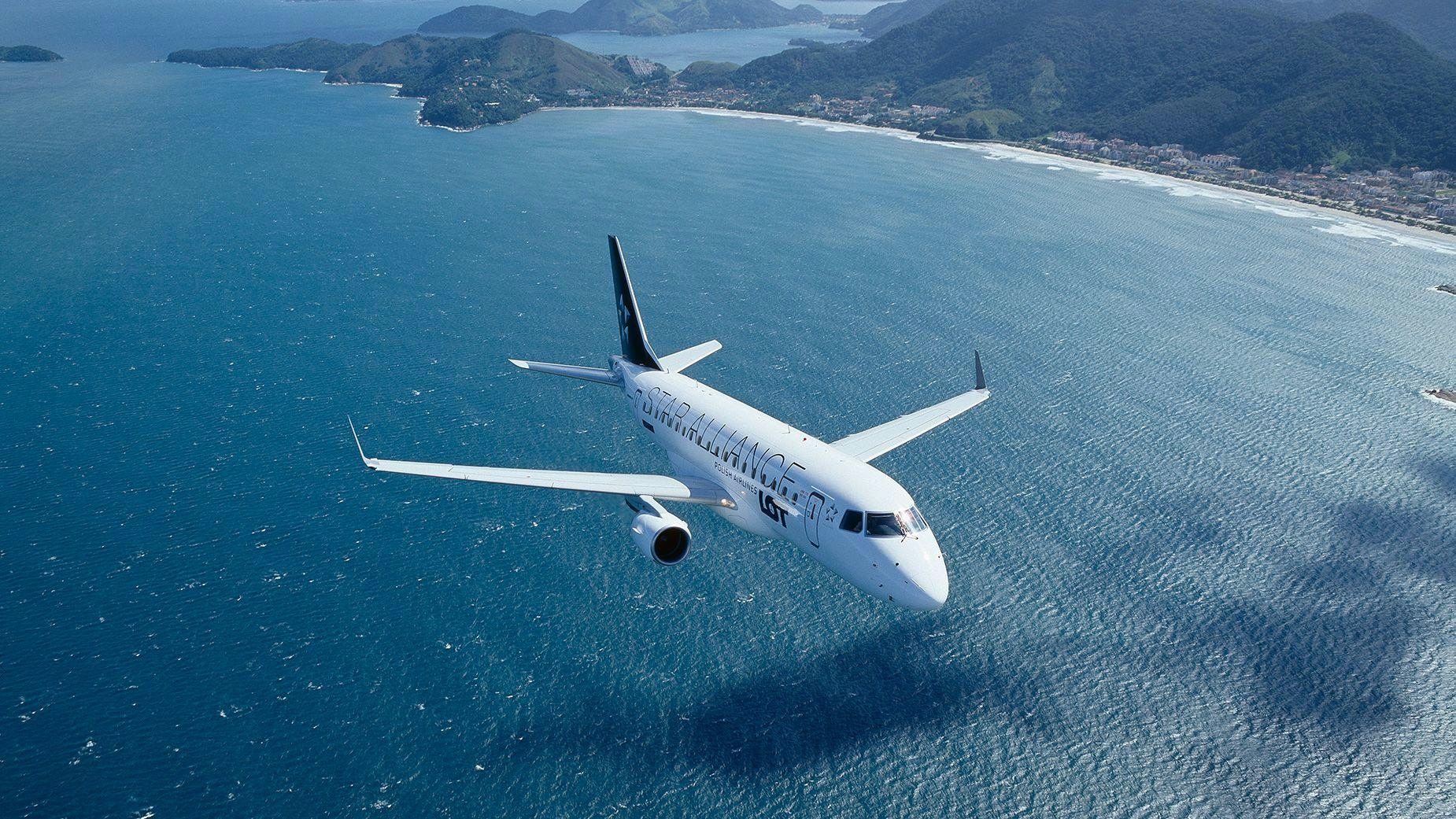
Long-Range Narrowbody Jets Unlikely to Diminish Middle Eastern Demand
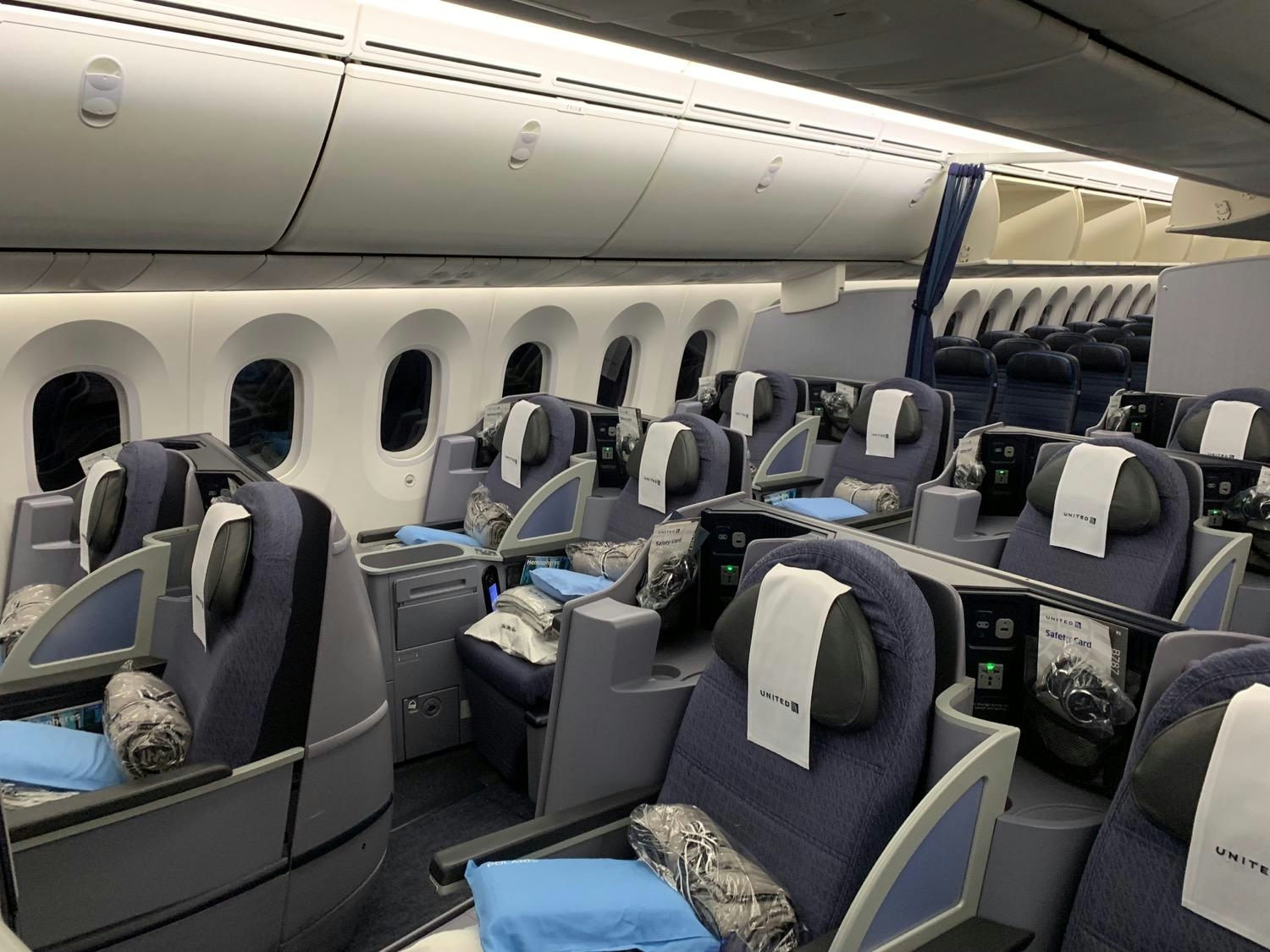
United's Dreamliner Trio: Unveiling The Top Routes For Each 787 Variant
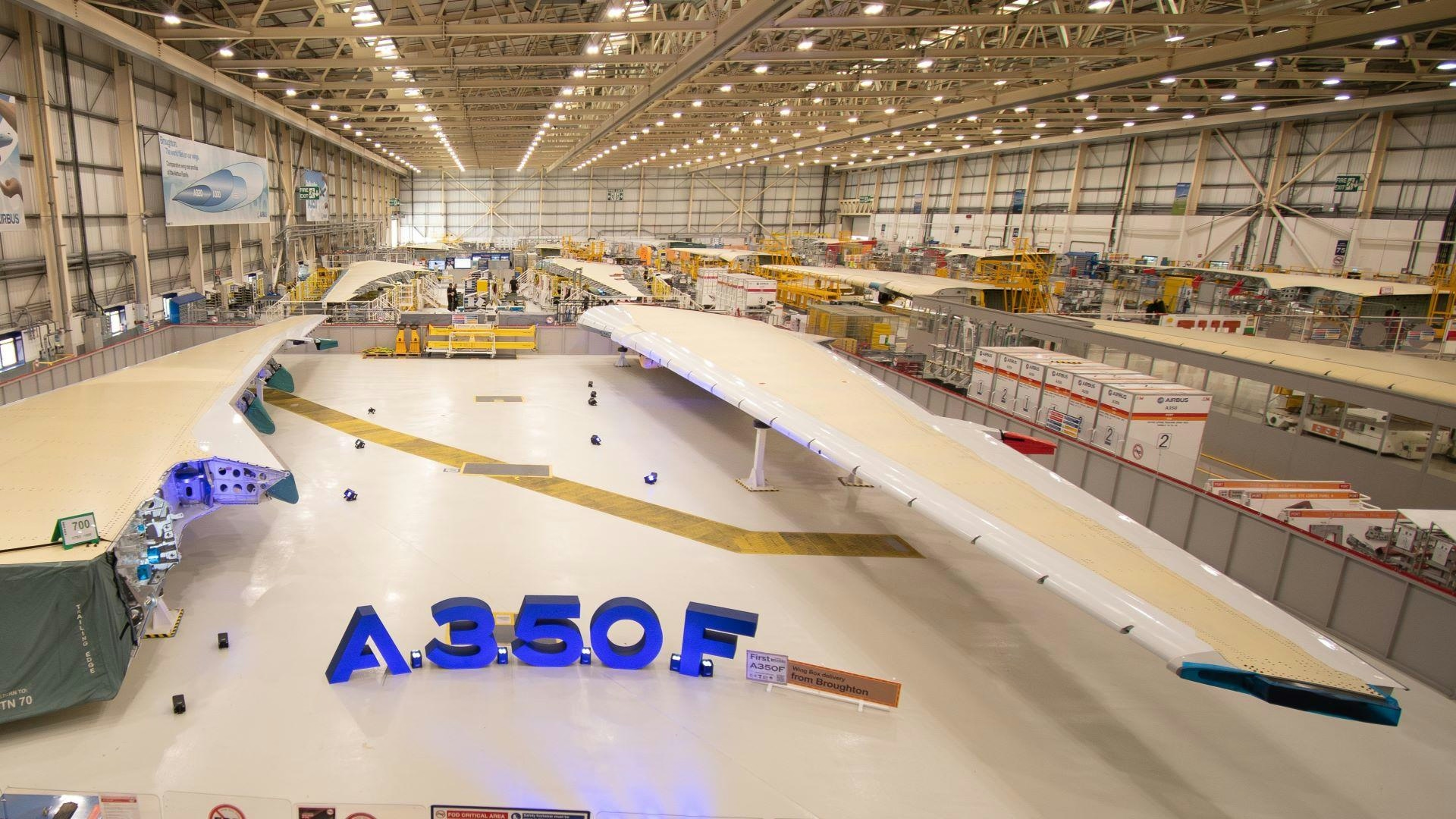
Airbus Wins Air China Cargo Order for Six A350F Freighters
